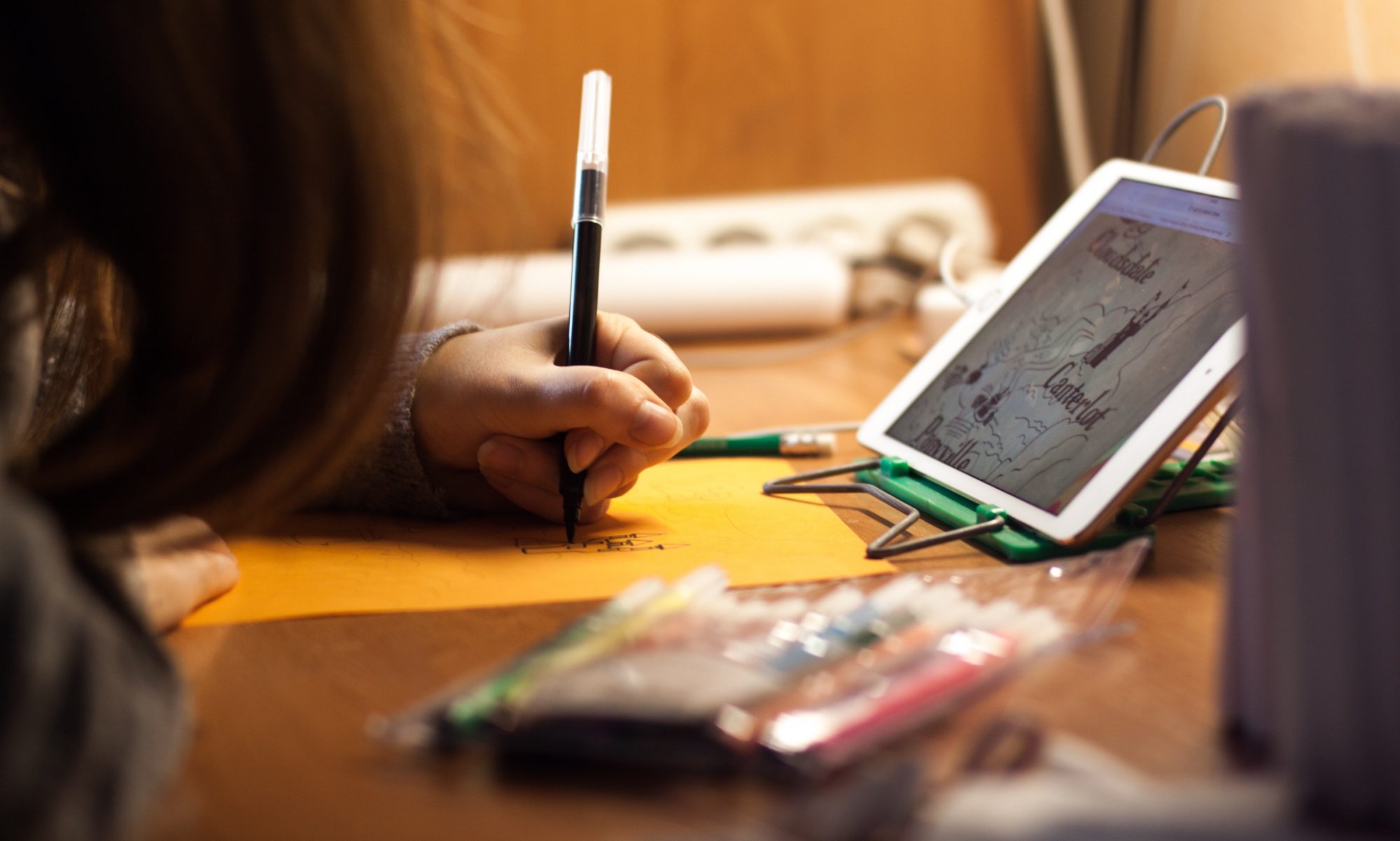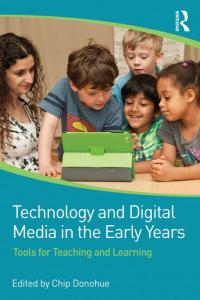About 10 years ago, while obtaining my master’s at Erikson Institute, I developed an interest in children’s technology and media while watching my nieces and younger cousins utilize new devices seamlessly. That interest emerged into a passion and has become the center of my professional career. My love for children’s technology and media has blended with my concern about issues related to culture and diversity.
The combination of these areas influence my work as a researcher, writer, and educator and I am consistently asking critical questions to move the field forward. Whether I am working with educators on integrating technology in their setting, teaching children and youth about design principles, or sitting on a development team, I enjoy translating research to practice in order to provide guidance on the design and use of technological tools that will support children’s growth and learning.
I hope you enjoy my site and find something here that is useful with you. Feel free to explore and contact me with any questions and suggestions.
Amanda LaTasha Armstrong
(she/her/hers)

 “Educators can create an atmosphere where children feel open to exploring and learning about these [technological] tools to build their curiosity, exploration, and creativity…[and] help children use technology to connect to the world…Creating these authentic experiences will help children discover the meaning of being a digital citizen and a young connector in the 21st century.”
“Educators can create an atmosphere where children feel open to exploring and learning about these [technological] tools to build their curiosity, exploration, and creativity…[and] help children use technology to connect to the world…Creating these authentic experiences will help children discover the meaning of being a digital citizen and a young connector in the 21st century.”